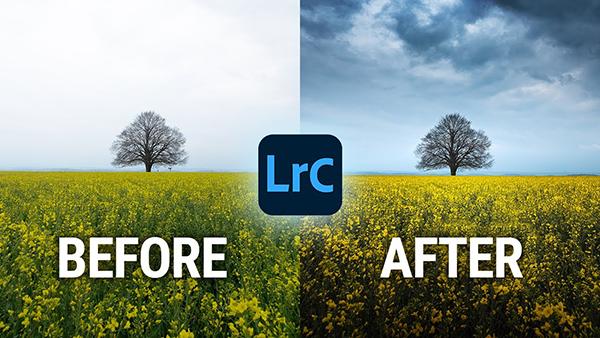Photoshop How To
Sort By: Post DateTitle Publish Date
|
Feb 01, 2022
|
Aug 04, 2022
|
May 01, 2025
|
Dec 29, 2021
















